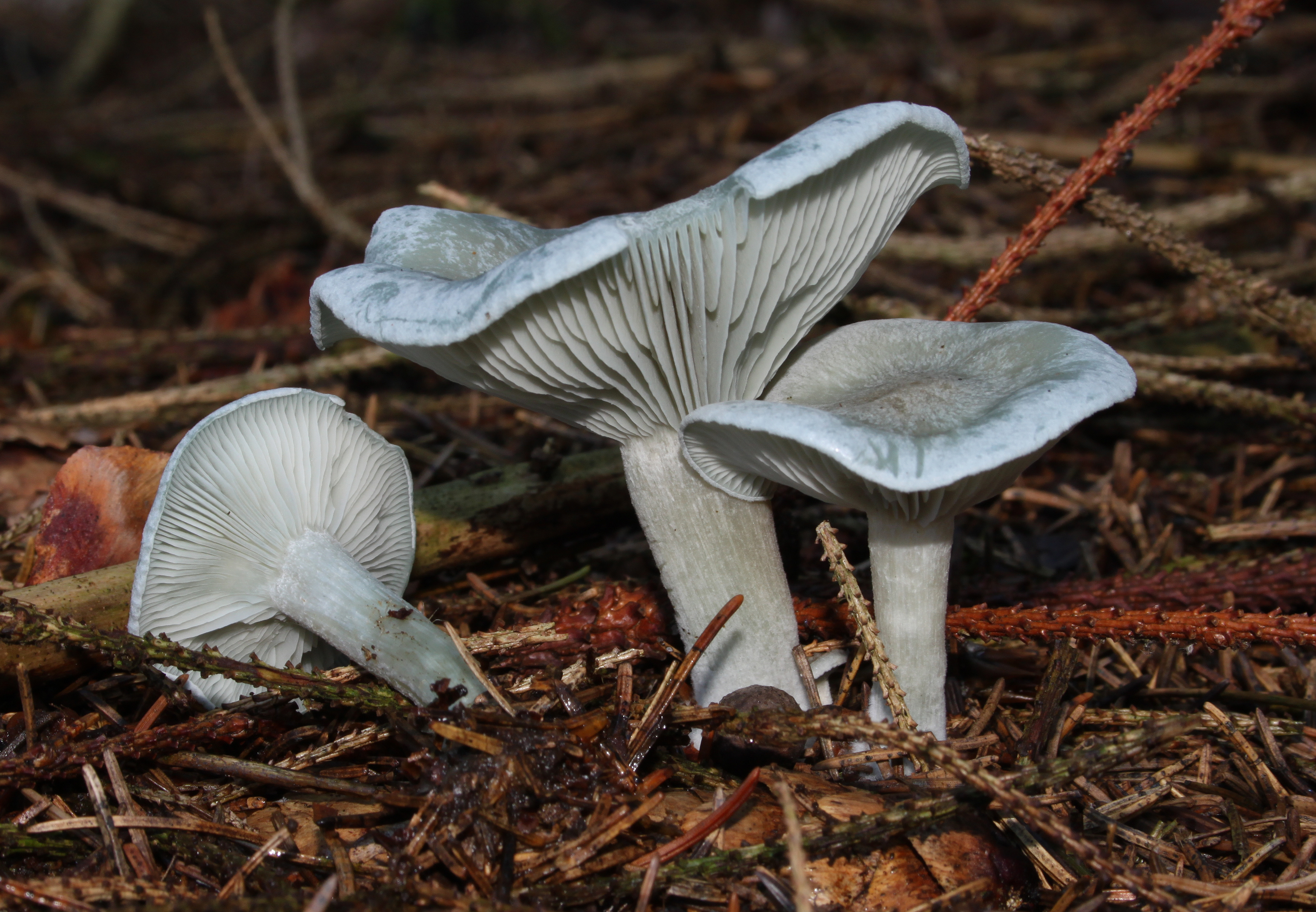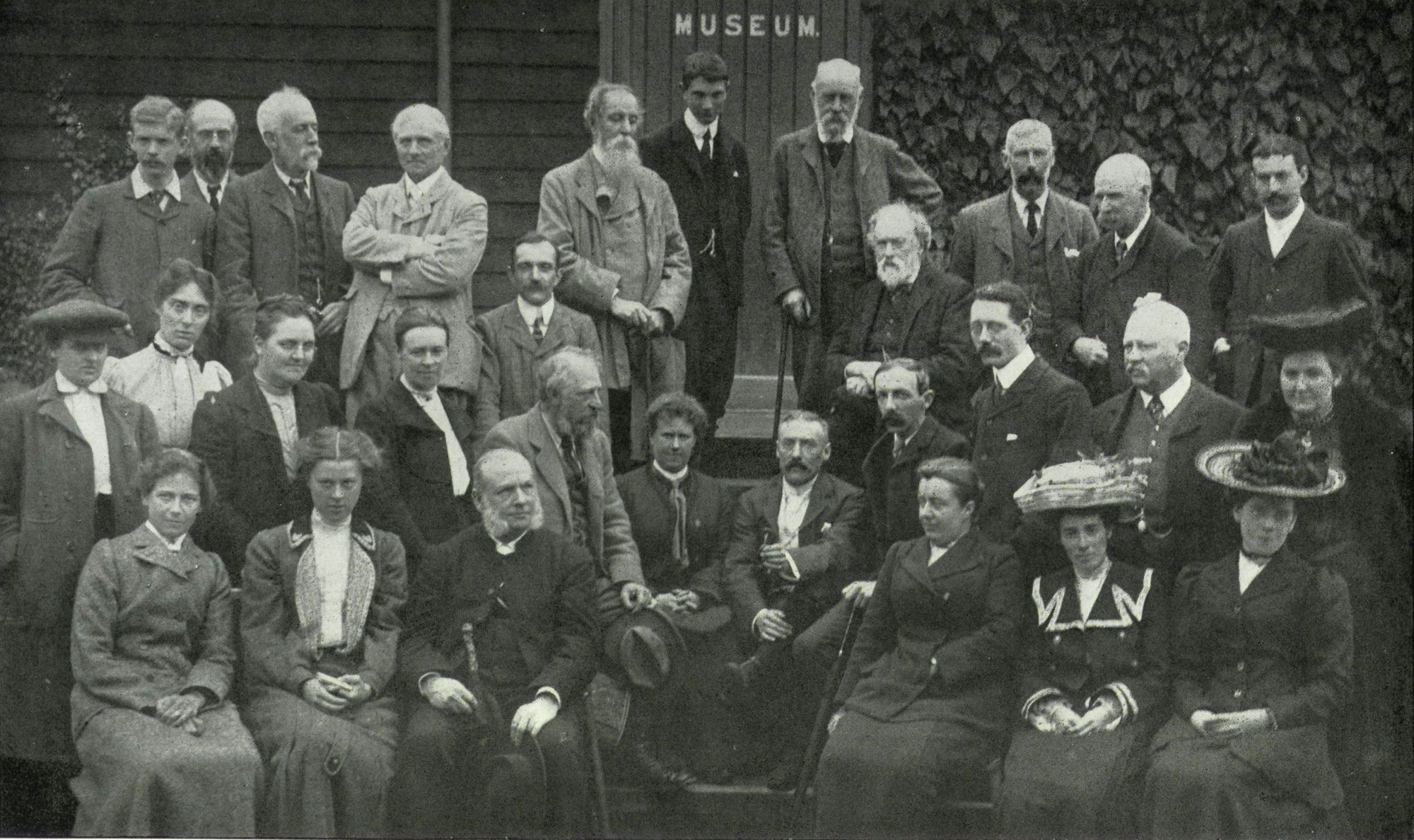|
Bonomyces Sinopicus
''Bonomyces sinopicus'' is an agaricoid species of fungus in the family Biannulariaceae The Biannulariaceae are a family of fungi in the order Agaricales. The family contains three genera. All species form agaricoid basidiocarps (gilled mushrooms). The family was originally described to accommodate the single genus ''Catathelasma ... with a European districution. It has been given the recommended English name of spring funnel. The species was formerly placed in the genus '' Clitocybe'', but has been separated on DNA characteristics. References {{Taxonbar, from=Q96677663 Agaricales Fungi of Europe Fungi described in 1818 Taxa named by Elias Magnus Fries Fungus species ... [...More Info...] [...Related Items...] OR: [Wikipedia] [Google] [Baidu] |
Elias Magnus Fries
Elias Magnus Fries (15 August 1794 – 8 February 1878) was a Swedish mycologist and botanist. Career Fries was born at Femsjö (Hylte Municipality), Småland, the son of the pastor there. He attended school in Växjö. He acquired an extensive knowledge of flowering plants from his father. In 1811 Fries entered Lund University where he obtained a doctorate in 1814. In the same year he was appointed an associate professorship in botany. He was elected a member of the Royal Swedish Academy of Sciences, and in 1824, became a full professor. In 1834 he became Borgström professor (Swed. ''Borgströmianska professuren'', a chair endowed by Erik Eriksson Borgström, 1708–1770) in applied economics at Uppsala University. The position was changed to "professor of botany and applied economics" in 1851. He was elected a Foreign Honorary Member of the American Academy of Arts and Sciences in 1849. That year he was also appointed director of the Uppsala University Botanica ... [...More Info...] [...Related Items...] OR: [Wikipedia] [Google] [Baidu] |
Paul Kummer
Paul Kummer (22 August 1834 – 6 December 1912) was a minister, teacher, and scientist in Zerbst, Germany, known chiefly for his contribution to mycological nomenclature. Earlier classification of agarics by pioneering fungal taxonomist Elias Magnus Fries designated only a very small number of genera, with most species falling into ''Agaricus''. These few genera were divided into many ''tribi'' ("tribes"). In his 1871 work, ''Der Führer in die Pilzkunde'', Kummer raised the majority of Fries ''tribi'' to the status of genus, thereby establishing many of the generic names for agarics that are in use to this day. From 1857 to 1863, he worked as a private lecturer, then served as a curate A curate () is a person who is invested with the ''care'' or ''cure'' (''cura'') ''of souls'' of a parish. In this sense, "curate" means a parish priest; but in English-speaking countries the term ''curate'' is commonly used to describe clergy w ... in Zerbst (1863–1877). [...More Info...] [...Related Items...] OR: [Wikipedia] [Google] [Baidu] |
Agaric
An agaric () is a type of fungus fruiting body characterized by the presence of a pileus (cap) that is clearly differentiated from the stipe (stalk), with lamellae (gills) on the underside of the pileus. In the UK, agarics are called "mushrooms" or "toadstools". In North America they are typically called "gilled mushrooms". "Agaric" can also refer to a basidiomycete species characterized by an agaric-type fruiting body. Archaically, agaric meant 'tree-fungus' (after Latin ''agaricum''); however, that changed with the Linnaean interpretation in 1753 when Linnaeus used the generic name ''Agaricus'' for gilled mushrooms. Most species of agaricus belong to the order Agaricales in the subphylum Agaricomycotina. The exceptions, where agarics have evolved independently, feature largely in the orders Russulales, Boletales, Hymenochaetales, and several other groups of basidiomycetes. Old systems of classification placed all agarics in the Agaricales and some (mostly older) sources use ... [...More Info...] [...Related Items...] OR: [Wikipedia] [Google] [Baidu] |
Species
In biology, a species is the basic unit of classification and a taxonomic rank of an organism, as well as a unit of biodiversity. A species is often defined as the largest group of organisms in which any two individuals of the appropriate sexes or mating types can produce fertile offspring, typically by sexual reproduction. Other ways of defining species include their karyotype, DNA sequence, morphology, behaviour or ecological niche. In addition, paleontologists use the concept of the chronospecies since fossil reproduction cannot be examined. The most recent rigorous estimate for the total number of species of eukaryotes is between 8 and 8.7 million. However, only about 14% of these had been described by 2011. All species (except viruses) are given a two-part name, a "binomial". The first part of a binomial is the genus to which the species belongs. The second part is called the specific name or the specific epithet (in botanical nomenclature, also sometimes i ... [...More Info...] [...Related Items...] OR: [Wikipedia] [Google] [Baidu] |
Fungus
A fungus ( : fungi or funguses) is any member of the group of eukaryotic organisms that includes microorganisms such as yeasts and molds, as well as the more familiar mushrooms. These organisms are classified as a kingdom, separately from the other eukaryotic kingdoms, which by one traditional classification include Plantae, Animalia, Protozoa, and Chromista. A characteristic that places fungi in a different kingdom from plants, bacteria, and some protists is chitin in their cell walls. Fungi, like animals, are heterotrophs; they acquire their food by absorbing dissolved molecules, typically by secreting digestive enzymes into their environment. Fungi do not photosynthesize. Growth is their means of mobility, except for spores (a few of which are flagellated), which may travel through the air or water. Fungi are the principal decomposers in ecological systems. These and other differences place fungi in a single group of related organisms, named the ''Eumycota'' (''true f ... [...More Info...] [...Related Items...] OR: [Wikipedia] [Google] [Baidu] |
Family (biology)
Family ( la, familia, plural ') is one of the eight major hierarchical taxonomic ranks in Linnaean taxonomy. It is classified between order and genus. A family may be divided into subfamilies, which are intermediate ranks between the ranks of family and genus. The official family names are Latin in origin; however, popular names are often used: for example, walnut trees and hickory trees belong to the family Juglandaceae, but that family is commonly referred to as the "walnut family". What belongs to a family—or if a described family should be recognized at all—are proposed and determined by practicing taxonomists. There are no hard rules for describing or recognizing a family, but in plants, they can be characterized on the basis of both vegetative and reproductive features of plant species. Taxonomists often take different positions about descriptions, and there may be no broad consensus across the scientific community for some time. The publishing of new data and opini ... [...More Info...] [...Related Items...] OR: [Wikipedia] [Google] [Baidu] |
Biannulariaceae
The Biannulariaceae are a family of fungi in the order Agaricales. The family contains three genera. All species form agaricoid basidiocarps (gilled mushrooms). The family was originally described to accommodate the single genus ''Catathelasma ''Catathelasma'' is a genus of fungi in the family (biology), family Biannulariaceae. Basidiocarps (fruit bodies) are agaric, agaricoid, with a conspicuous Universal veil, veil (leaving a double ring on the stem), Lamella (mycology), adnate to d ...'', but has been extended as a result of DNA research. References Agaricales Agaricales families {{Basidiomycota-stub ... [...More Info...] [...Related Items...] OR: [Wikipedia] [Google] [Baidu] |
Clitocybe
''Clitocybe'' is a genus of mushrooms characterized by white, off-white, buff, cream, pink, or light-yellow spores, gills running down the stem, and pale white to brown or lilac coloration. They are primarily saprotrophic, decomposing forest ground litter. There are estimated to be around 300 species in the widespread genus. ''Clitocybe'' means ''sloping head''. A few members of the genus are considered edible; many others are poisonous, containing the toxin muscarine among others. Distinguishing individual species of ''Clitocybe'' is generally prohibitively difficult to non-experts, requiring the analysis of microscopic characters. Therefore, with the exception of a few charismatic and readily identified members, ''Clitocybe'' mushrooms are rarely collected for consumption. Taxonomy ''Clitocybe'' was originally proposed by Elias Fries in 1821 as a tribe in the genus ''Agaricus''. Friedrich Staude elevated it to generic status in 1857. Recent molecular work has shown the genus ... [...More Info...] [...Related Items...] OR: [Wikipedia] [Google] [Baidu] |
British Mycological Society
The British Mycological Society is a learned society established in 1896 to promote the study of fungi. Formation The British Mycological Society (BMS) was formed by the combined efforts of two local societies: the Woolhope Naturalists' Field Club of Hereford and the Yorkshire Naturalists’ Union. The Curator of the Hereford Club, Dr. H. G. Bull, convinced the members in 1867 to undertake the particular study of mushrooms. While the mycological efforts of the Club diminished somewhat after Dr. Bull's death, the Union of Yorkshire founded its Mycological Committee in 1892. This Committee attracted the involvement of many eminent mycologists including George Edward Massee (1845–1917), James Needham (1849–1913), Charles Crossland (1844-1916), and Henry Thomas Soppitt (1843-1899). Mycologist Kathleen Sampson was a member for sixty years, as well as serving as president in 1938. The need for a national organisation and the need for a journal to publish their observatio ... [...More Info...] [...Related Items...] OR: [Wikipedia] [Google] [Baidu] |
Agaricales
The fungal order Agaricales, also known as gilled mushrooms (for their distinctive gills) or euagarics, contains some of the most familiar types of mushrooms. The order has 33 extant families, 413 genera, and over 13,000 described species, along with six extinct genera known only from the fossil record. They range from the ubiquitous common mushroom to the deadly destroying angel and the hallucinogenic fly agaric to the bioluminescent jack-o-lantern mushroom. History, classification and phylogeny In his three volumes of '' Systema Mycologicum'' published between 1821 and 1832, Elias Fries put almost all of the fleshy, gill-forming mushrooms in the genus ''Agaricus''. He organized the large genus into "tribes", the names of many of which still exist as common genera of today. Fries later elevated several of these tribes to generic level, but later authors—including Gillet, Karsten, Kummer, Quélet, and Staude—made most of the changes. Fries based his classification on ... [...More Info...] [...Related Items...] OR: [Wikipedia] [Google] [Baidu] |
Fungi Of Europe
A fungus (plural, : fungi or funguses) is any member of the group of Eukaryote, eukaryotic organisms that includes microorganisms such as yeasts and Mold (fungus), molds, as well as the more familiar mushrooms. These organisms are classified as a Kingdom (biology), kingdom, separately from the other eukaryotic kingdoms, which by one traditional classification include Plantae, Animalia, Protozoa, and Chromista. A characteristic that places fungi in a different kingdom from plants, bacteria, and some protists is chitin in their cell walls. Fungi, like animals, are heterotrophs; they acquire their food by absorbing dissolved molecules, typically by secreting digestive enzymes into their environment. Fungi do not photosynthesize. Growth is their means of motility, mobility, except for spores (a few of which are flagellated), which may travel through the air or water. Fungi are the principal decomposers in ecological systems. These and other differences place fungi in a single gro ... [...More Info...] [...Related Items...] OR: [Wikipedia] [Google] [Baidu] |
Fungi Described In 1818
A fungus ( : fungi or funguses) is any member of the group of eukaryotic organisms that includes microorganisms such as yeasts and molds, as well as the more familiar mushrooms. These organisms are classified as a kingdom, separately from the other eukaryotic kingdoms, which by one traditional classification include Plantae, Animalia, Protozoa, and Chromista. A characteristic that places fungi in a different kingdom from plants, bacteria, and some protists is chitin in their cell walls. Fungi, like animals, are heterotrophs; they acquire their food by absorbing dissolved molecules, typically by secreting digestive enzymes into their environment. Fungi do not photosynthesize. Growth is their means of mobility, except for spores (a few of which are flagellated), which may travel through the air or water. Fungi are the principal decomposers in ecological systems. These and other differences place fungi in a single group of related organisms, named the ''Eumycota'' (''true f ... [...More Info...] [...Related Items...] OR: [Wikipedia] [Google] [Baidu] |







